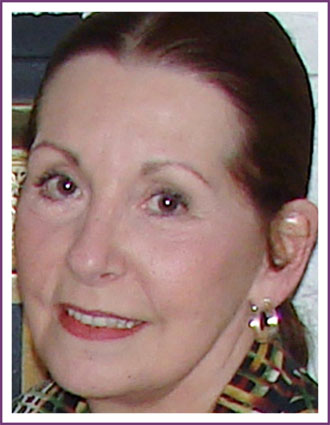PAULA (Shain) Pence EASLEY

• Responsible Resource Development
• Business
Inducted: 2017
Stoney River
PAULA (Shain) Pence EASLEY
Paula Easley’s years of service to Alaska come in many forms, especially in the public policy arena regarding sound land-use policy, natural resource development, and mental health trust land guidelines. She was the first woman to serve as Executive Director of the Alaska Resource Development Council and served on numerous state, and federal boards and commissions. Paula held appointments by three presidents – Reagan, Clinton and Bush – to national public land policy boards and served on the National Council of Women Advisors to Congress.
Her advocacy is based on the conviction that public decision-making must reflect a balance between environmental protection and enhancing the state’s economy.
Easley is a business owner, author, and columnist for local and national publications. Her business, Easley Associates, advocates for multiple-use land policies by federal and state land owners in Alaska. Her philosophy on the role of resource development as the critical foundation for economic development has influenced state and federal land management policies since the 1970s. Her legacy is one of passionate advocacy for responsible resource development.
Easley has been listed in the Heritage Foundation’s “Annual Guide to Public Policy Experts” since 1995; was named by the U.S. Small Business Administration as its “Women in Business Advocate of the Year” in 1993 and was instrumental in helping to create the national “unfunded mandates bill” that became the first piece of legislation included in the 1994 Contract with America. Easley collaborates with fiscally-conservative think tanks around the nation and maintains grassroots lobbying networks on regulatory and policy issues affecting Alaska.
Gail Phillips, former Speaker of the House of Representatives said, “Alaska has benefited greatly from Paula Easley’s contributions to sound resource development policies that have benefited our economic well-being”.
Easley also serves as a Trustee of the Alaska Mental Health Trust Authority
View Extended Bio